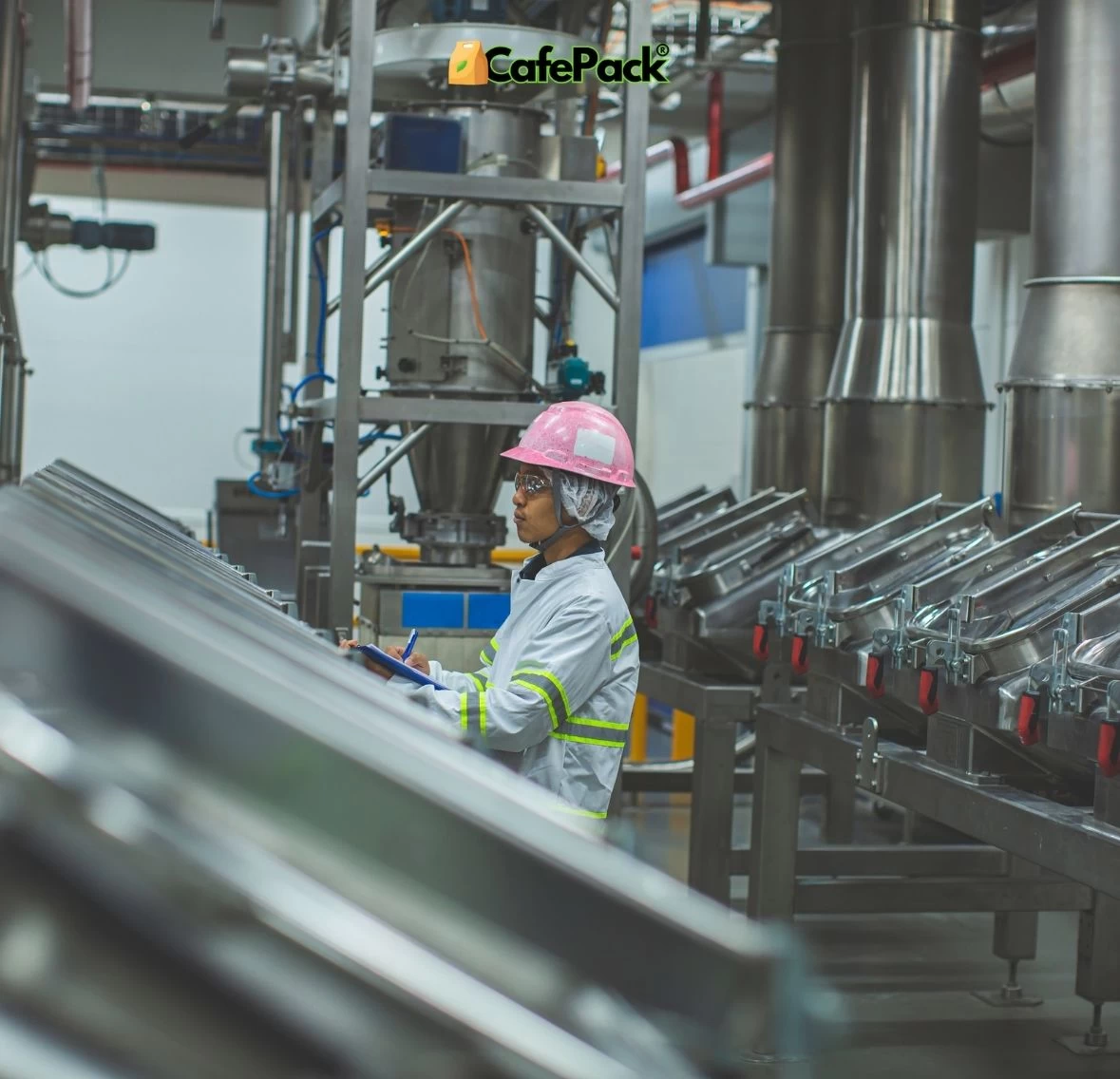Production Process to Make Paper Compatible with Food
Papers used for food packaging must comply with food safety standards. This is of critical importance both to protect consumer health and to extend the shelf life of food products. In this article, the technical processes used in the production of papers that can come into contact with food will be discussed in detail.
Raw Material Selection and Preparation
The first step in food-compatible paper production begins with the selection of appropriate raw materials. The cellulose fibers used are generally obtained from wood fibers that have been purified and cleaned by chemical means. At this stage, all kinds of foreign substances and pollutants are removed from the raw materials. The chemicals used in the production of papers that will come into contact with food must comply with food safety standards.
Cellulose Pulp Preparation
After appropriate selection of raw materials, cellulose fibers are converted into pulp. During pulp preparation, cellulose fibers are mixed with water and various chemicals to reach the desired consistency. The chemicals used in this process must be capable of contacting food. In particular, chlorine-free whitening agents are preferred to ensure that the paper has a clean and hygienic structure.
Pulp Purification and Cleaning
Pulp is purified from foreign substances by going through various filtering and cleaning processes. At this stage, microscopic impurities, air bubbles and other contaminants in the pulp are removed. The pulp cleaning process ensures that papers that may come into contact with food are safe and hygienic.
Paper Production Process
The purified pulp is fed to the paper machines. First, the pulp is laid on a wire to drain excess water. Then, the pulp begins to take its paper form by being compressed and passed through drying cylinders. In this process, the paper is ensured to have a homogeneous and smooth surface. During the drying process, all the water in the paper is evaporated, resulting in a hygienic product.
Coating and Finishing
In the production of papers that can come into contact with food, coating processes are applied as the final stage. At this stage, special coatings that can come into contact with food are applied to the surface of the paper. These coatings prevent the paper from deteriorating in contact with substances such as water and oil and ensure the safe storage of food products. The materials used during coating processes must also comply with food safety standards.
Food Safety Tests and Certification
After the production process is completed, paper products are subjected to various food safety tests. These tests check the food contactability and safety of the paper. Products that pass the tests have international food safety certificates, and these certificates guarantee that the products can come into contact with food.
The production of food-grade papers requires a series of meticulously carried out technical processes. Appropriate raw material selection, pulp preparation, purification and cleaning processes, production process and coating processes are critical to obtain products that comply with food safety standards. At the end of these processes, papers that pass food safety tests and certifications become ready to be used as packaging materials that protect consumer health and ensure the safe storage of food products.
